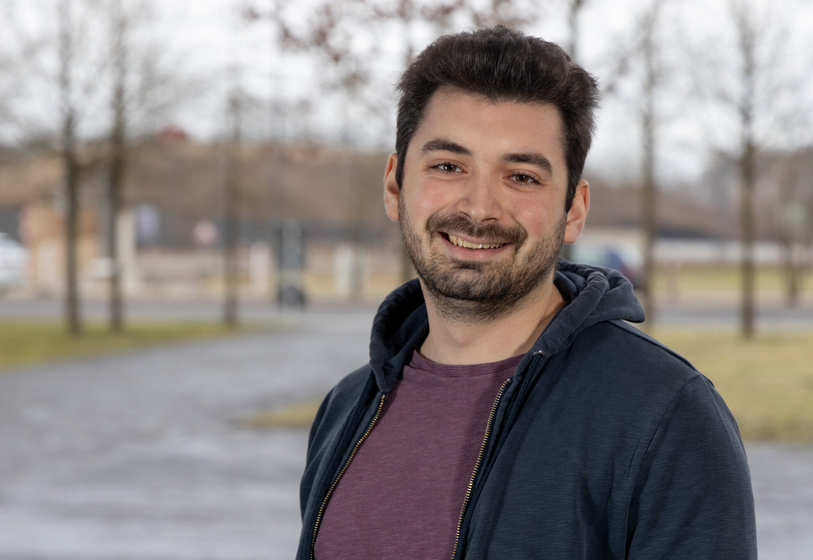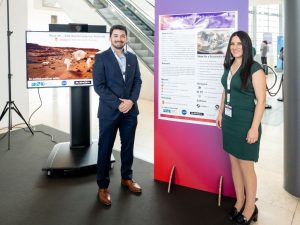Alexandre Frantz and Sofia Coloma Chacon won first place in a NASA challenge with a concept that would help patch up an astronaut’s suit in case of an oxygen leak. It’s only a short step from a call for projects to a reality. And SnT’s SpaceLux team took it by winning first place in last year’s Nasa MarsXR 2 Challenge.
The famous American space agency was looking for Virtual Reality (VR) tools to prepare its astronauts for situations they might encounter while exploring Mars.
So they launched a call for projects: the MarsXR 2 Challenge. This caught the attention of SnT researchers who submitted a storyboarding project, followed by a development project for NASA’s MarsXR tool which led to first place!
‟ Not many people can say that they contribute to the training of NASA astronauts”

Doctoral researcher
‘Not many people can say that they contribute to the training of NASA astronauts’, smiles Alexandre Frantz, a Doctoral researcher at SnT. Together with research associate Sofía Coloma Chacón they are one of some 270 teams to have responded to NASA’s call to develop software to prepare astronauts for exploration of the Red Planet.
A disaster scenario, but not unrealistic
And to be ready, you need to be prepared for every situation. The one imagined by the SnT team mixes medicine and space exploration, as it involves an oxygen leak in the astronauts’ combination. It forces them to quickly detect its origin and patch it up before recharging the spacesuit with oxygen.
The SnT team says it has learned a great deal from this virtual reality challenge, which combines scenario planning and programming. “The knowledge we acquired in this challenge can be applied to the field of virtual reality for space exploration using robots and humans,” explains Coloma Chacon.
The researchers proudly presented the fruits of their efforts at the latest SnT Partnership Day. Although only NASA can make use of the challenge results, the researchers can now build on it and continue to develop their work for other purposes.
For example, the SpaceR research group is involved in virtual reality projects tailored towards medical applications for space. So our researchers are not necessarily aiming for Mars or the Moon, but simply for a better tomorrow, whether on Earth or further away.
About SpaceR
The SpaceR research group conducts research in autonomous planetary and orbital robotics for space exploration, in-situ resource utilisation and orbital servicing. In addition, the group also focuses on aerial and ground robotics and multi-robot cooperation.
